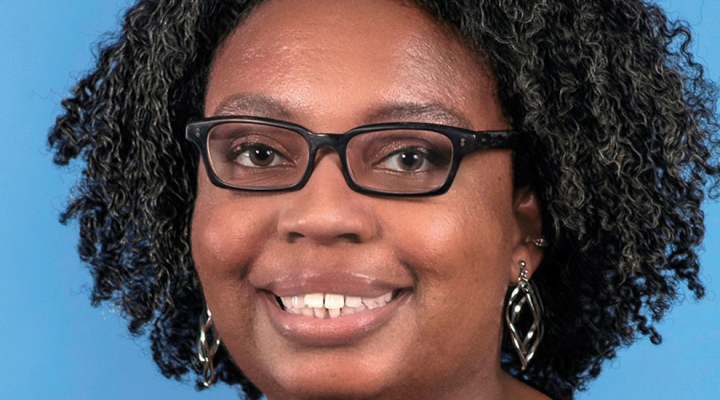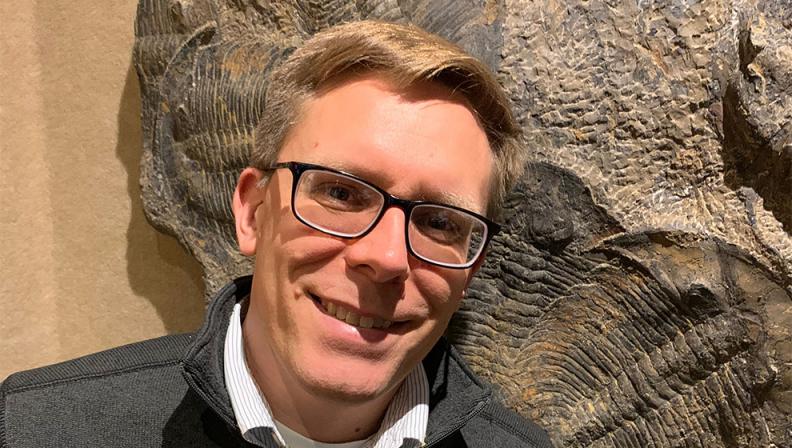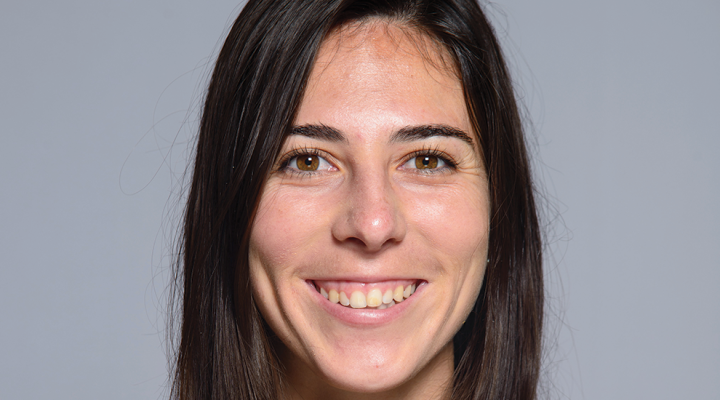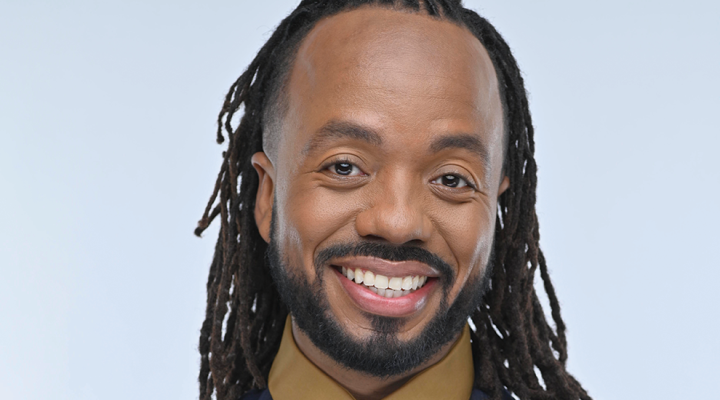Not many children know what they are going to be when they grow up, but Jonathan Hendricks ’05 knew as a kindergartener that he would become a paleontologist.
Hendricks’s mother would take him to the University of Wisconsin Geology Museum once or twice a year to look at the fossil displays. He grew up hunting for fossils in the white dolostone cobbles on the beach on the Door County Peninsula of Wisconsin. “Door County is part of the Silurian-aged Niagara Escarpment - the same group of rocks that are exposed at Niagara Falls,” says Hendricks.
After completing his undergraduate degree at the University of Wisconsin – Madison, Hendricks was drawn to Cornell to complete his graduate program. There were many attractive aspects of Cornell’s Earth and Atmospheric Sciences degree. Warren Allmon, Professor in EAS and the Director of the Paleontological Research Institution (PRI), was one of the leading researchers in the area Hendricks wanted to study – layer-upon-layer of fossil shells from Plio-Pleistocene-aged deposits in southern Florida.
“Cornell quickly became a very attractive graduate program - I could work with Warren and also conduct my research using the huge collections at the Paleontological Research Institution, which has many thousands of fossil specimens from the shell beds in Florida that piqued my interest,” says Hendricks.
Cornell was also at the top of his list because of his girlfriend at the time, Elizabeth Hermsen was interested in the paleobotany program in Plant Sciences at Cornell. After moving to Ithaca in 1999 to both study at Cornell, Hendricks and Hermsen married at Sage Chapel on the Cornell campus in 2002.
Hendricks' memories of his time at Cornell are fond and happy – especially of his time as a teaching assistant. In the fall, he TA’d the field methods course, first taught by Professor Sue Kay, then by Professor Rick Allmendinger. Hendricks and the teaching professor would take a dozen or so students into the field every Saturday morning and teach the students basic field mapping and measurement techniques.
Most spring semesters, Hendricks taught two or three labs per week and sometimes felt as though he didn’t have enough time for research. However, teaching at Cornell was one of the most valuable experiences he gained during his graduate degree.
“Two weeks into my subsequent postdoc at the University of Kansas, a faculty member became ill and I took over his Prehistoric Life course, which had over 100 students,” says Hendricks. “I was ready to jump in because of my nine semesters of teaching experience at Cornell.”
Hendricks conducted most of his research, which required large numbers of specimens, at PRI. “Doing research at PRI was a dream come true; I was a kid in a candy store and had my run of the specimen collections for five years,” says Hendricks. “My taxonomic work also greatly benefited from PRI’s fantastic paleontology library, which rivals that of almost any research university.”
Warren Allmon was Hendricks’s faculty advisor during his time at Cornell and at PRI. Warren often reminded Hendricks of the importance of connecting the smaller details of his research to the bigger picture and fundamental questions about evolution and the history of life. “I did not fully realize until years later the impact that his teaching and mentorship style had on me until I began teaching my own courses and mentoring my own graduate students,” says Hendricks.
After a 3-year postdoc at the University of Kansas, Hendricks joined the faculty at San Jose State University, eventually becoming an associate professor. He describes the decision to leave his tenured position at San Jose State University as one of the hardest that he has made. Ultimately, Hendricks was drawn back to Ithaca and became the Director of Science Communications at PRI, working closely with Allmon again.
“Because my Cornell experience was such a rich and enjoyable one, I had always been hoping for an opportunity to come along that would allow me to return to the Ithaca area,” says Hendricks.
Since moving back to Ithaca, Hendricks has also become an adjunct professor in Earth and Atmospheric Sciences and the Graduate School, allowing him to mentor Ph.D. students and teach courses.
When asked what advice he would give to current EAS students, Hendricks encourages students to diversify their experience by pursuing internship opportunities outside of Ithaca and to hone their ability to communicate well. “Most importantly, take care of yourself and find time to have fun, relax, and spend time with your friends and family; there is much more to life than whatever is happening in the lab right now,” says Hendricks.





